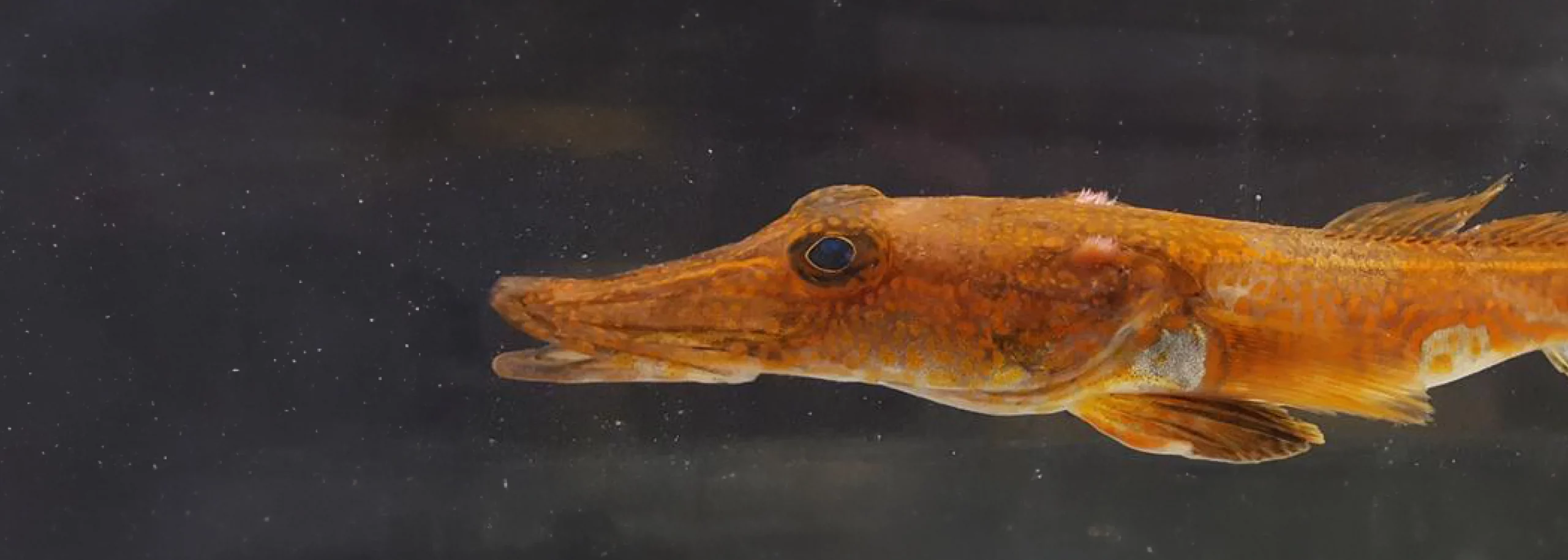
Microsensors in Comparative Medicine Research
The study of oxygen delivery to the retina of hemoglobin deprived icefish could potentially provide information that can be used to treat eye diseases in humans.
Dr. Henrik Lauridsen from the Comparative Medicine Laboratory at the Department of Clinical Medicine, Aarhus University has used the oxygen microsensor with a tip size of 10 µm and 25 µm (OX-10 and OX-25) to make oxygen microprofiles in the retina of Antarctic icefish.
The measurements were performed during his research stay at the Palmer Station at Antarctica.
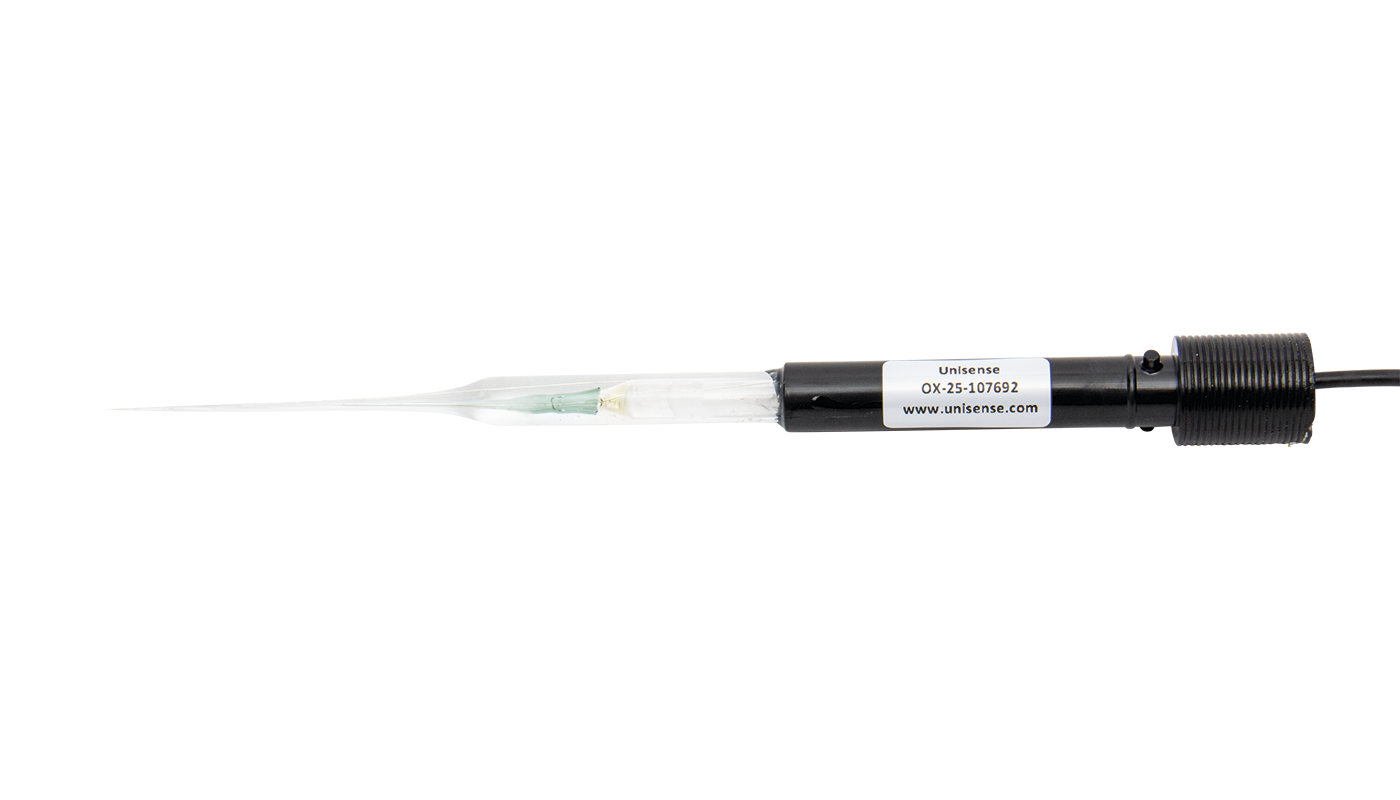
The family of Channichthyidae icefish from Antarctica live in seawater with a temperature of around -1.8 °C. The icefish are white-blooded and have very few red blood cells and no hemoglobin to transport oxygen around in the body. The retina has thus a high oxygen demand and knowledge about the oxygen delivery could be important findings for understanding how the icefish can maintain retinal oxygenation without the use of hemoglobin.
With the Unisense microsensors and MicroProfiling System, you can make microprofiles with extreme positioning accuracy and high spatial resolution. The small tip size of the Unisense microsensors enables insertion of the tip into living tissue giving you the possibility to obtain real-time data directly in the animal.
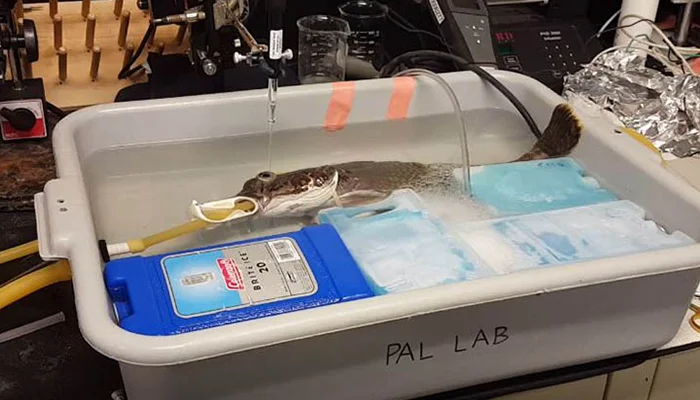
Laboratory setup
The Unisense oxygen microsensor (OX-25) was connected to a Unisense amplifier and mounted on a micromanipulator (Figure 1). The icefish was anesthetized and kept cold during the measurements.
Oxygen microprofiles were completed with a step size of 25 µm both from the outside to the inside and from the inside to the outside of the retina of the icefish.
Data acquisition and analysis were done using uSense Solutions software.
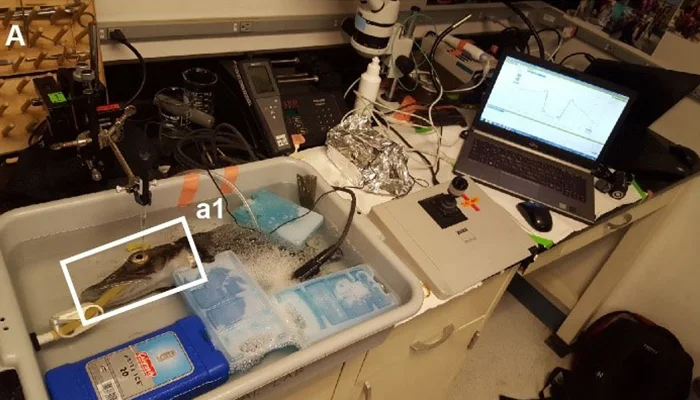
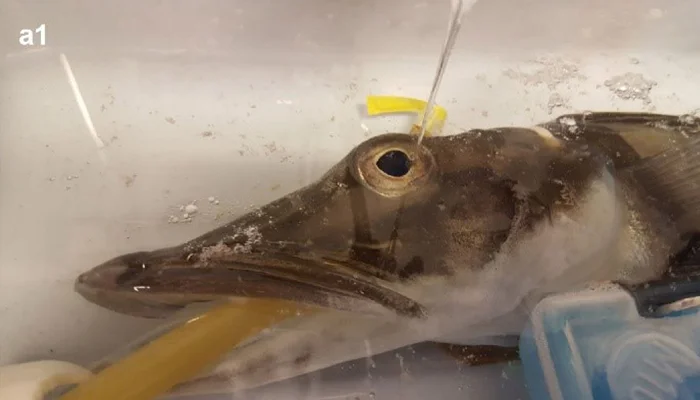
Results and conclusion
From the oxygen microprofiles Dr. Lauridsen showed that the pre-retinal (PRV) oxygen level on the inside of the retina in the white-blooded Chaenocephalus aceratus icefish was high with a decreasing oxygen level towards the outer portion of the retina. This oxygen profile was inverted compared to the red-blooded Nototehnia coriiceps that had the highest oxygen content in the choroid rete mirabile (CRM) on the outside of the retina where oxygen is secreted from hemoglobin (Figure 2).
The white-blooded icefish has a high vascularization and increased blood supply on the inside of the retina compared to related red-blooded fish (confirmed with ultrasound). The results indicated that the oxygenation follows the high degree of vascularization in the icefish and that increased blood supply is a way of maintaining the oxygen supply in the retina of the icefish.
The study provides new insights about the vascularization and oxygen supply in the retina of icefish and hopefully these results can contribute to a better understanding of eye diseases like age related macular degeneration and diabetic retinopathy which are both characterized by an increased vascularization in the eye.
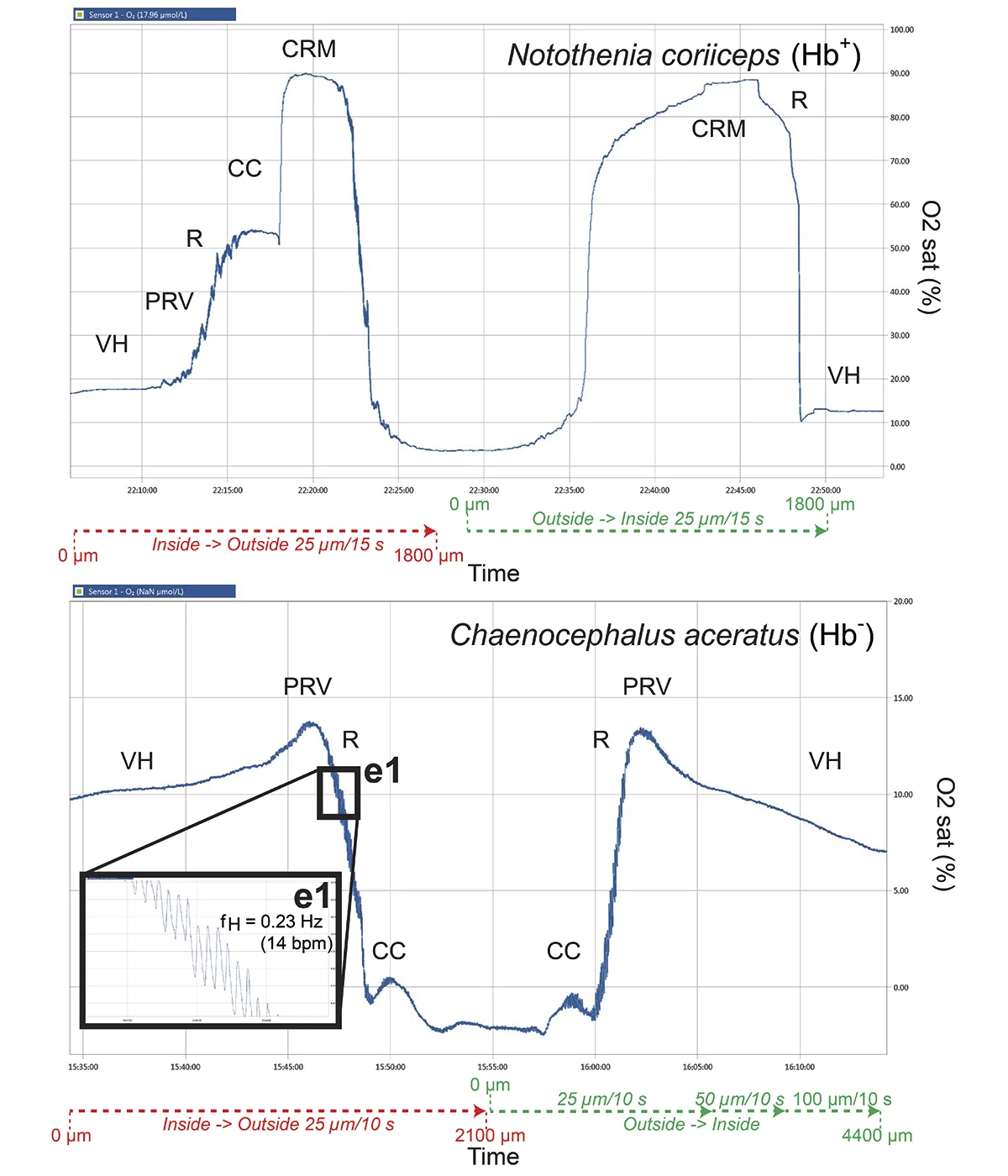
Related Publications
Related products
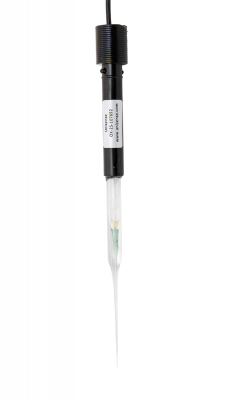
High performance oxygen microsensor

UniAmp Multi Channel for all Unisense sensors and electrodes including optical sensors
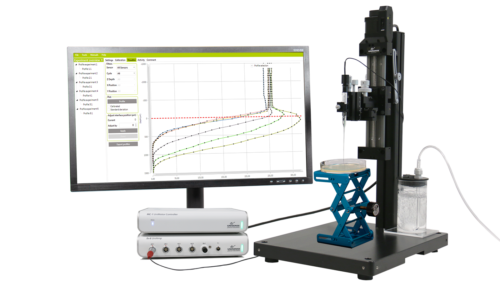
Microprofiles with extreme accuracy, high spatial and temporal resolution
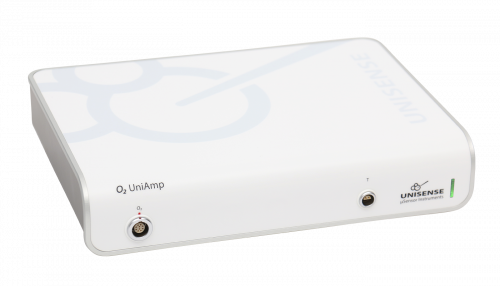
Economic amplifier portfolio for single analytes - O2, pH/mV, H2, N2O or H2S
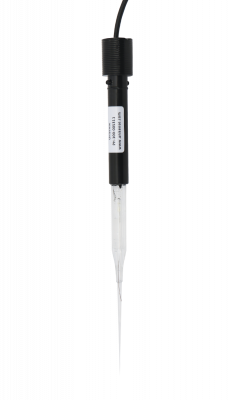
Miniaturized pH electrode

Automated or manual profiling, data visualization, and activity rate calculations.
